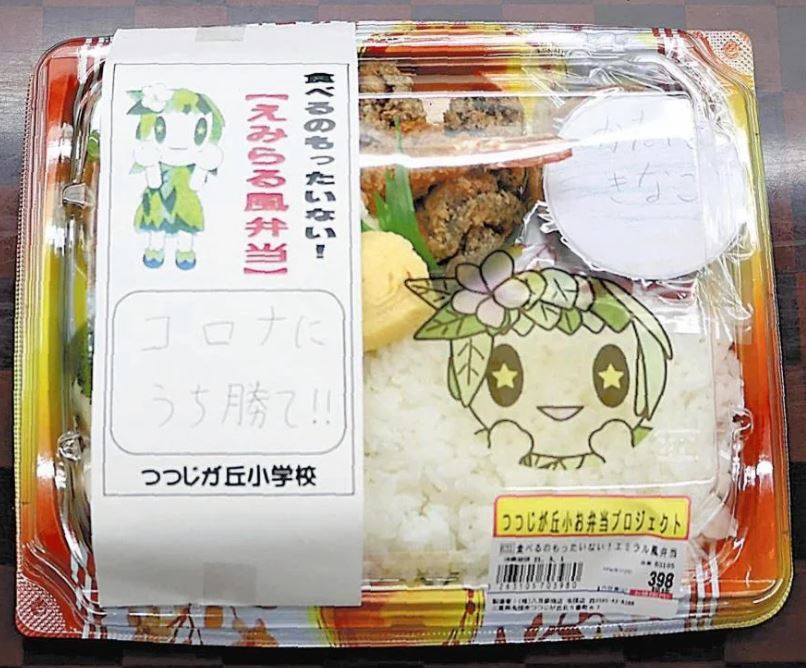The へ particle in Japanese is commonly used to indicate the direction towards which an action is headed. Here are several examples of how the へ particle is used in Japanese:
Indicating Direction:
The へ particle is used to indicate the direction in which an action is headed. It is often used with verbs of movement such as 行く (iku, to go), 来る (kuru, to come), 帰る (kaeru, to return), and so on. Here are some examples:
学校へ行く (gakkou e iku)
to go to school空港へ行く (kuukou e iku)
to go to the airport家へ帰る (ie e kaeru)
to return home
Indicating Purpose:
The へ particle can also be used to indicate the purpose of an action. In this usage, the verb before the へ particle is often a verb of movement or action. Here are some examples:
プールへ泳ぎに行く (puuru e oyogi ni iku)
to go swimming at the pool公園へ散歩する (kouen e sanpo suru)
to take a walk to the park祖母の家へ手紙を送る (sobo no ie e tegami wo okuru)
to send a letter to my grandmother’s house
Differences between へ and に:
While both the へ and に particles can be used to indicate the direction of an action, there are some differences between them:
Movement vs Destination:
The へ particle is used to indicate the direction of an action, while the に particle is used to indicate the destination of an action. For example:
学校へ行く (gakkou e iku)
to go to school (indicates the direction towards school)学校に行く (gakkou ni iku)
to go to school (indicates the destination of going to school)
Time vs Destination:
The に particle can also be used to indicate the time at which an action takes place, while the へ particle cannot. For example:
9時に会う (kuji ni au)
to meet at 9 o’clock (indicates the time at which the meeting takes place)
9時へ会う (kuji e au)
incorrect usage
Formality:
The に particle is more formal than the へ particle. In formal writing or speech, it is more common to use the に particle to indicate direction or destination. In casual conversation, however, the へ particle is more commonly used.
In conclusion, the へ particle is an important particle in Japanese, used to indicate the direction towards which an action is headed or the purpose of an action. While it is similar to the に particle, there are important differences in their usage and formality.



